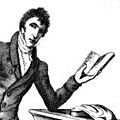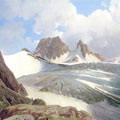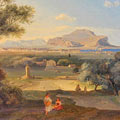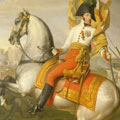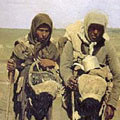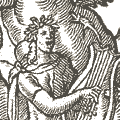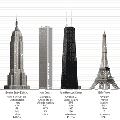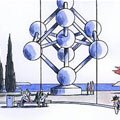gisteren gepubliceerd in Sight and Sound
Ondanks zijn Franse naam, wordt film noir over het algemeen als een typisch Amerikaans fenomeen beschouwd. De filmcriticus Nino Frank wordt gezien als degene die de term noir in 1946 gemunt heeft, nadat het genre in de Verenigde Staten tot bloei was gekomen. Maar voor de Tweede Wereldoorlog bestonden er in Frankrijk al rauw realistische films die het predicaat noir verdienen. Pépé le Moko van Duvivier (1937), La Bête humaine van Renoir (1938), Le Quai des brumes (1938) en Le jour se lève van Carné (1939) bijvoorbeeld, alle vier met Jean Gabin (1904-1976) in de hoofdrol.
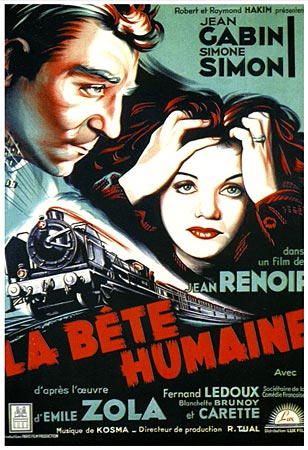
Le dernier Tournant van Chenal uit 1939 was de eerste verfilming van The postman always rings twice van James M.Cain. Zeven jaar voor de legendarische verfilming met James Garfield en Lana Turner was deze roman in Frankrijk dus al verfilmd. In een filmbespreking uit 1939 lezen we:
Bron: bfi.org.uk
De term film noir werd dus vlak vóór de oorlog in Frankrijk al gebruikt en bovenstaande films werden al tot het genre gerekend, nog voordat Amerikaanse films het predicaat noir opgeplakt kregen. Ginette Vincendeau schrijft in How the French birthed film noir hoe de ontwikkeling van de fotografie tijdens het interbellum in Parijs van doorslaggevend belang zou zijn geweest voor het ontstaan van de film noir vanuit een rauwe realisme waarbij Franse schrijvers uit de late negentiende eeuw de weg hadden bereid:
Bron: bfi.org.uk
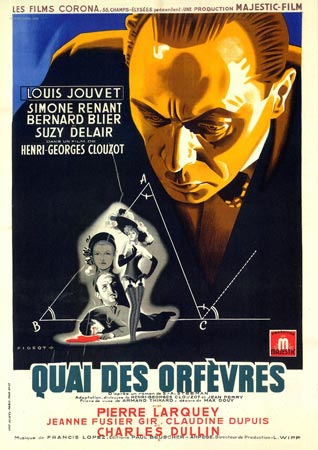
Franse film noirs 1932-1962
La nuit du carrefour (Renoir) 1932
Pépé le Moko (Duvivier) 1937
La Bête humaine (Renoir) 1938
Le jour se lève (Carné) 1939
Le dernier Tournant (Chenal) 1939
Le Corbeau (Clouzot) 1943
Quai des orfèvres (Clouzot) 1947
Une si jolie petite plage (Allégret) 1949
Touche pas au grisbi (Becker) 1954
Rififi (Dassin) 1955
Voici le temps des assassins (Duvivier) 1956
Les Doulos (Melville) 1962

